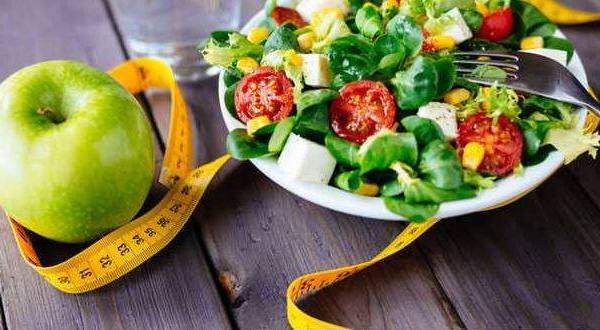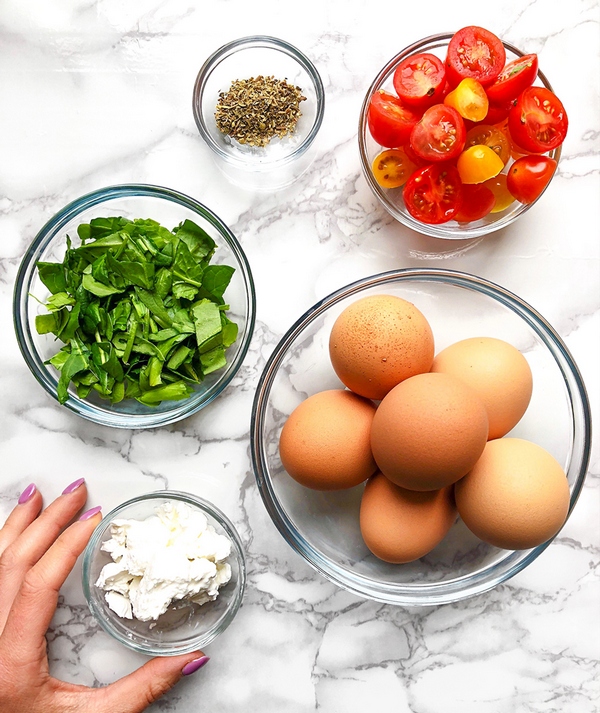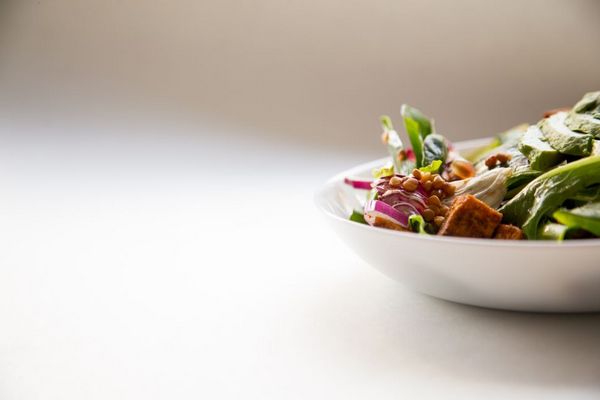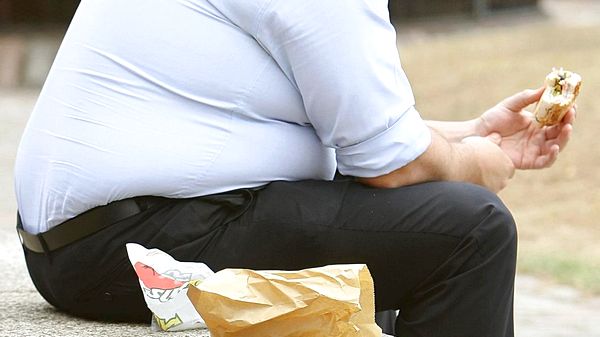
Healthy Diabetes Diet: Best Diabetes Diet Meal Plan
Your diabetes diet is simply a healthy-eating plan that will help you control your blood sugar. Here's help getting started, from meal planning to exchange lists and counting carbohydrates.
Definition
A diabetes diet simply means eating the healthiest foods in moderate amounts and sticking to regular mealtimes.
A diabetes diet is a healthy-eating plan that's naturally rich in nutrients and low in fat and calories. Key elements are fruits, vegetables and whole grains. In fact, a healthy diabetes diet is the best eating plan for most everyone.
Living well with diabetes means taking your medication as prescribed, managing stress, exercising regularly, and, equally important, knowing what foods are good and bad for keeping your blood sugar levels in a healthy range.
If you’ve just been diagnosed with type 2 diabetes, the prospect of giving up the foods you love may seem daunting or even devastating. But you may be relieved to know that a good diet for type 2 diabetes isn’t as complex or out of the ordinary as you might expect.
Purpose
If you have diabetes or prediabetes, your doctor will likely recommend that you see a dietitian to help you develop a healthy eating plan. The plan helps you control your blood sugar (glucose), manage your weight and control risk factors for heart disease, such as high blood pressure and high blood fats.
When you eat excess calories and fat, your body responds by creating an undesirable rise in blood glucose. If blood glucose isn't kept in check, it can lead to serious problems, such as a dangerously high blood glucose level (hyperglycemia) and long-term complications, such as nerve, kidney and heart damage.
Type 2 diabetes is characterized by a condition called insulin resistance, where the body can’t effectively use the hormone insulin to ferry glucose (blood sugar) to cells and muscles for energy. This causes glucose to accumulate in your blood at higher than normal levels, which can put your health in danger.
Picking the right amounts of the right foods can help lower blood sugar levels and keep them steady, reducing diabetes symptoms and helping lower the risk for health complications, such as nerve damage, vision problems, heart disease, kidney damage, and stroke.
You can help keep your blood glucose level in a safe range by making healthy food choices and tracking your eating habits.
For most people with type 2 diabetes, weight loss also can make it easier to control blood glucose and offers a host of other health benefits. If you need to lose weight, a best diabetes diet meal plan provides a well-organized, nutritious way to reach your goal safely.
Eating well can also help you lose and maintain a healthy weight. In fact, losing just 5 to 7 percent of your body weight may help you better control type 2 diabetes, or prevent prediabetes from progressing into the full-blown form of the disease.
Healthy diabetes diet meal plan details
A best diabetes diet is based on eating three meals a day at regular times. This helps your body better use the insulin it produces or gets through a medication.
A registered dietitian can help you put together a best diet meal plan based on your health goals, tastes and lifestyle. He or she can also talk with you about how to improve your eating habits, for example, by choosing portion sizes that suit the needs for your size and level of activity.
Rather than trying to overhaul your lifestyle with quick fixes, create lasting habits by focusing on small, simple, and maintainable changes, Palinski-Wade says. Otherwise, you may feel overwhelmed and revert to your old, unhealthy eating ways — and regain weight you’ve lost. “Being consistent with change, no matter how small, is key to long-term weight loss success,” she adds.
Recommended foods with diabetes
Make your calories count with these nutritious foods for diabetes:
- Healthy carbohydrates. During digestion, sugars (simple carbohydrates) and starches (complex carbohydrates) break down into blood glucose. Focus on the healthiest carbohydrates, such as fruits, vegetables, whole grains, legumes (beans, peas and lentils) and low-fat dairy products.
- Fiber-rich foods. Dietary fiber includes all parts of plant foods that your body can't digest or absorb. Fiber moderates how your body digests and helps control blood sugar levels. Foods high in fiber include vegetables, fruits, nuts, legumes (beans, peas and lentils), whole-wheat flour and wheat bran.
- Heart-healthy fish. Eat heart-healthy fish at least twice a week by meal plan. Fish can be a good alternative to high-fat meats. For example, cod, tuna and halibut have less total fat, saturated fat and cholesterol than do meat and poultry. Fish such as salmon, mackerel, tuna, sardines and bluefish are rich in omega-3 fatty acids, which promote heart health by lowering blood fats called triglycerides.
Avoid fried fish and fish with high levels of mercury, such as tilefish, swordfish and king mackerel.
- "Good" fats. Foods containing monounsaturated and polyunsaturated fats can help lower your cholesterol levels. These include avocados, almonds, pecans, walnuts, olives, and canola, olive and peanut oils. But don't overdo it, as all fats are high in calories.
Certain foods are considered staples in a type 2 diabetes diet. These are foods that are known to help control blood sugar and promote a healthy weight, what should you eat with diabetes to lose weight. They include:
- Fiber-rich fruits and nonstarchy vegetables, such as apples and broccoli
- Lean sources of protein, such as boneless, skinless chicken, turkey, and fatty fish, like salmon
- Healthy fats, such as peanut butter, nuts, and avocado (in moderation)
- Whole grains, like quinoa and barley
- Nonfat or low-fat dairy, like milk and plain yogurt
Foods to avoid with diabetes
Diabetes increases your risk of heart disease and stroke by accelerating the development of clogged and hardened arteries. Healthy diet chart for diabetic patient. Foods to avoid during diabetes containing the following can work against your goal of a heart-healthy diet for diabetes.
- Saturated fats. High-fat dairy products and animal proteins such as beef, hot dogs, sausage and bacon contain saturated fats.
- Trans fats. These types of fats are found in processed snacks, baked goods, shortening and stick margarines. Avoid these items.
- Cholesterol. Sources of cholesterol include high-fat dairy products and high-fat animal proteins, egg yolks, liver, and other organ meats. Aim for no more than 200 milligrams (mg) of cholesterol a day.
- Sodium. Aim for less than 2,300 mg of sodium a day. However, if you also have hypertension, you should aim for less than 1,500 mg of sodium a day.
Likewise, certain foods are known to throw blood sugar levels out of whack and promote unhealthy weight gain. Foods that should be limited or avoided if you have type 2 diabetes include:
- Chips
- Cookies
- Cake
- White bread and pasta
- Canned soups, which are high in sodium
- Microwaveable meals, which are also high in sodium
- Candy
- Sources of saturated fat, like bacon or fatty cuts of meat
Putting it all together: Creating a best diabetes diet meal plan
A few different approaches to creating a diabetes diet are available to help you keep your blood glucose level within a normal range. With a dietitian's help, you may find one or a combination of the following methods works for you:
- The plate method. The American Diabetes Association offers a simple seven-step method of best meal planning. In essence, it focuses on eating more vegetables. When preparing your plate, fill one-half of it with nonstarchy vegetables, such as spinach, carrots and tomatoes. Fill one-quarter with a protein, such as tuna or lean pork. Fill the last quarter with a whole-grain item or starchy food. Add a serving of fruit or dairy and a drink of water or unsweetened tea or coffee.
- Counting carbohydrates. Because carbohydrates break down into glucose, they have the greatest impact on your blood glucose level. To help control your blood sugar, eat about the same amount of carbohydrates each day, at regular intervals, especially if you take diabetes medications or insulin.
A dietitian can teach you how to measure food portions and become an educated reader of food labels, paying special attention to serving size and carbohydrate content. If you're taking insulin, he or she can teach you how to count the amount of carbohydrates in each meal or snack and adjust your insulin dose accordingly.
- The exchange lists system. A dietitian may recommend using food exchange lists to help you plan meals and snacks. The lists are organized by categories, such as carbohydrates, protein sources and fats.
One serving in a category is called a "choice." A food choice has about the same amount of carbohydrates, protein, fat and calories — and the same effect on your blood glucose — as a serving of every other food in that same category. So, for example, you could choose to eat half of a large ear of corn or 1/3 cup of cooked pasta for one starch choice.
- Glycemic index. Some people who have diabetes use the glycemic index to select foods, especially carbohydrates. This method ranks carbohydrate-containing foods based on their effect on blood glucose levels. Talk with your dietitian about whether this method might work for you.
It can seem tough to navigate a menu when you’re eating out, but it’s not impossible. Enjoy your time with friends and eat delicious food with these guidelines from Palinski-Wade:
Have an app before you leave. It’s tempting to “save up” calories throughout the day to help plan for a night out, but that approach can backfire. You’ll be famished by the time you get there and less likely to make a healthy choice when you order. Eat a small, healthy snack before you go, like some nuts or a low-fat plain yogurt. “This can help decrease hunger and prevent overeating” she says.
Envision your plate. Ideally, your plate should look very similar to how it does at home — with a couple of small tweaks: 1/2 vegetables (steamed if possible), 1/4 lean protein, and 1/4 whole grains. “You want to be careful not to eat too many carbs at one sitting, and avoid meals packed with saturated fat,” says Palinski-Wade.
Sip smart. Alcohol stokes your appetite, so if you do have alcohol (make sure to talk to your doctor first if you’re on medication), do so near the end of the meal. Limit it to one glass.
A sample diabetic diet menu
When planning meals, take into account your size and activity level. The following menu is tailored for someone who needs 1,200 to 1,600 calories a day. Healthy recipes for weight loss and diabetes.
- Breakfast. Whole-wheat bread (1 medium slice) with 2 teaspoons jelly, 1/2 cup shredded wheat cereal with a cup of 1 percent low-fat milk, a piece of fruit, coffee
- Lunch. Cheese and veggie pita, medium apple with 2 tablespoons almond butter, water
- Dinner. Salmon, 1 1/2 teaspoons vegetable oil, small baked potato, 1/2 cup carrots, side salad (1 1/2 cups spinach, 1/2 of a tomato, 1/4 cup chopped bell pepper, 2 teaspoons olive oil, 1 1/2 teaspoons red wine vinegar), unsweetened iced tea
- Snack. 2 1/2 cups popcorn or an orange with 1/2 cup 1 percent low-fat cottage cheese
Best diabetic meal plan - healthy recipes is vegetarian diet for diabetics.
3-day sample diabetic diet menu
Day 1
Breakfast: Veggie omelet (1 whole egg plus 2 egg whites), topped with reduced-fat cheese, plus fruit
Snack: Plain, nonfat or low-fat Greek yogurt and berries
Lunch: Salad (dark lettuce or leafy greens) topped with chicken breast and chickpeas with olive oil and vinegar dressing
Snack: Celery and carrot sticks with nut butter
Dinner: Grilled salmon, steamed broccoli, and quinoa
Day 2
Breakfast: Fruit smoothie made with low-fat milk, yogurt, and chia seeds (optional)
Snack: Unsalted almonds with a piece of fruit
Lunch: Turkey chili with reduced-fat cheese
Snack: Sliced vegetables and hummus
Dinner: Tofu and veggie stir-fry over brown rice
Day 3
Breakfast: Old-fashioned or steel-cut oatmeal topped with fruit and nuts
Snack: Roasted chickpeas
Lunch: Turkey sandwich on whole wheat with sliced veggies
Snack: Fat-free or low-fat cottage cheese with a sliced peach
Dinner: Tray bake (all foods baked on the same tray) made with shrimp and roasted vegetables
While it’s best to talk to your doctor before starting best diabetes diet and pills or apple cider vinegar diabetics, it’s especially important to talk to them if you’re interested in the following:
Ketogenic Diet You’ll eat very few carbs on this plan (20 to 50 g a day) to achieve a state of ketosis, where your body burns fat for fuel instead of carbs. “There is some research that suggests ketogenic diets may help to reduce insulin resistance and improve blood glucose levels,” says Palinski-Wade. Indeed, one study of adults with type 2 diabetes who followed a ketogenic diet for 10 weeks improved glycemic control and helped patients lower their dosage of medication. Still, it’s a controversial diet, so make sure to weigh the pros and cons with your physician.
Intermittent Fasting (IF) IF asks you to limit the time you eat to a certain number of hours per day, or to eat a very low number of calories on certain days. And limited research (small studies and animal trials) have shown benefits to fasting glucose and weight. That said, skipping meals may hinder blood sugar control or cause low blood sugar (hypoglycemia), especially if you’re on insulin, so talk to your doctor about the risks and benefits before attempting.
Paleo Diet The premise of this plan is to eat like our hunter-gatherer ancestors, focusing on fruits, vegetables, nuts, lean meat, and certain fats. (It eliminates grains, legumes, and most dairy.) One study in 2015 found that both paleo diets and the guidelines from the ADA improved glucose control in patients with type 2 diabetes — though the paleo dieters came out on top.











